Description
A Curriculum Vitae (CV) is a detailed document that outlines your academic and professional history, skills, and achievements. It provides a comprehensive overview of your qualifications, focusing on education, experience, and accomplishments. CVs are often used for academic, research, or specialized job applications, and they may include additional sections like publications, awards, or projects.
Key Sections of a CV:
- Personal Information: Your name, contact details (email, phone number), and optionally, a professional photo.
- Professional Summary: A brief overview of your skills, goals, and what you bring to the table.
- Education: List your academic background in reverse chronological order, including institutions, degrees, and graduation dates.
- Skills: Highlight relevant technical and soft skills.
- Work Experience (if any): Include internships, part-time jobs, or volunteer work.
- Projects: Mention academic or personal projects relevant to the job.
- Certifications and Training: Any additional qualifications or courses completed.
- Achievements: Awards, scholarships, or recognition received.
- Hobbies and Interests (optional): Provide a glimpse into your personality.
How to Write a Resume for Freshers
1. Choose the Right Format:
For freshers, a functional or combination resume format works best. These formats emphasize skills and education rather than work experience.
2. Start with Contact Information:
- Full Name
- Phone Number
- Professional Email Address
- LinkedIn Profile or Portfolio (if applicable)
3. Write a Strong Career Objective:
Example:
“A motivated computer science graduate with strong problem-solving skills and a passion for software development. Seeking an entry-level position to apply knowledge of Python and Java in a dynamic tech environment.”
4. Highlight Educational Qualifications:
List your degrees in reverse chronological order, including:
- Degree Name
- Institution Name
- Graduation Year
- GPA or Percentage (optional)
5. Showcase Relevant Skills:
Include technical and soft skills relevant to the job, such as:
- Programming languages (e.g., Python, Java)
- Software or tools (e.g., MS Office, AutoCAD)
- Communication, teamwork, or problem-solving skills
6. Add Projects or Internships:
Provide details of academic or personal projects, including:
- Title of the project
- Objective and outcome
- Tools or technologies used
7. List Certifications and Training:
Include courses completed from platforms like Coursera, Udemy, or others relevant to the job.
8. Mention Extracurricular Activities and Achievements:
Highlight leadership roles, awards, or participation in competitions.
9. Proofread and Format Professionally:
- Use a clean and consistent font (e.g., Arial, Calibri).
- Keep it concise (1–2 pages).
- Ensure proper alignment and spacing.
10. Customize for Each Job Application:
Tailor your resume to match the job description by emphasizing relevant skills and experiences.

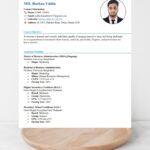

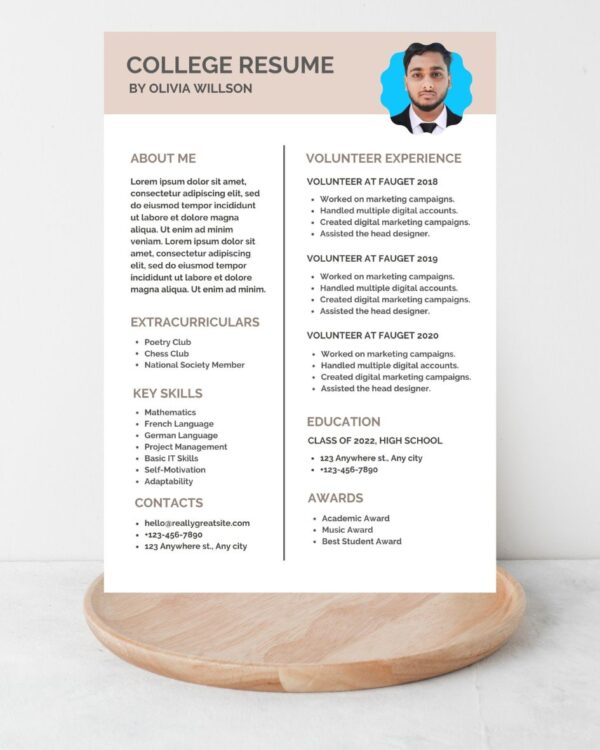
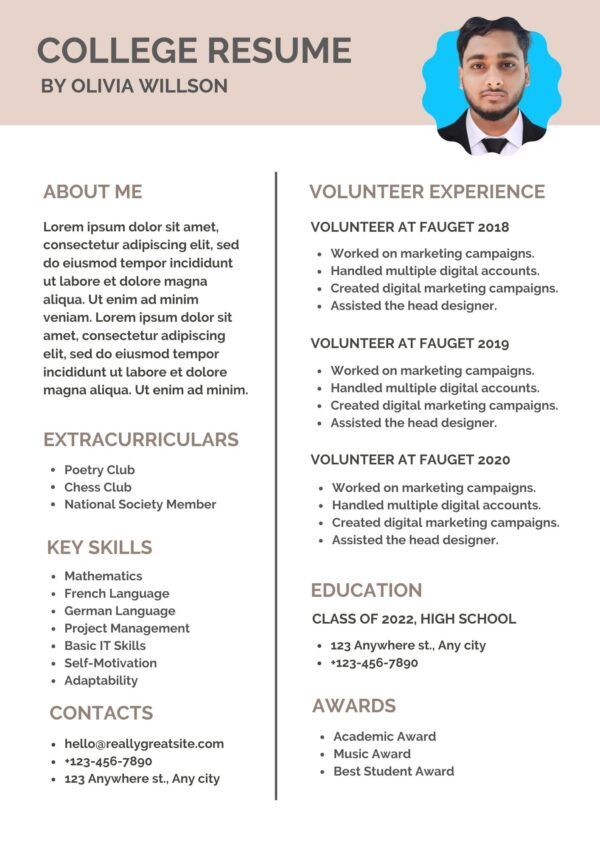
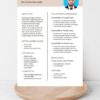
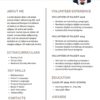
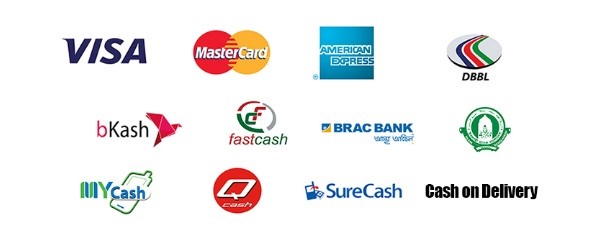
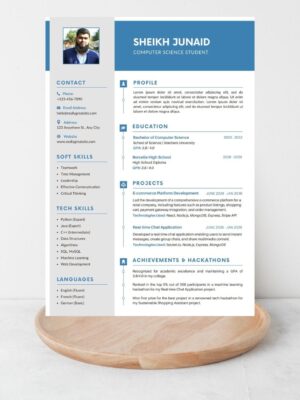
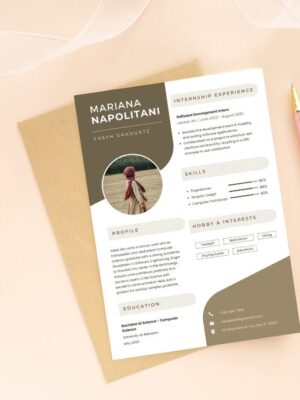
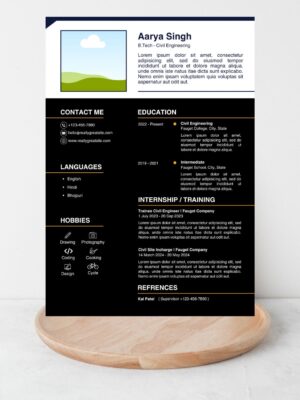
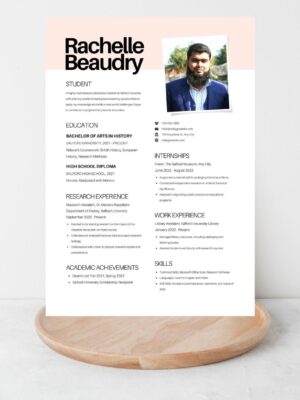
Reviews
There are no reviews yet.